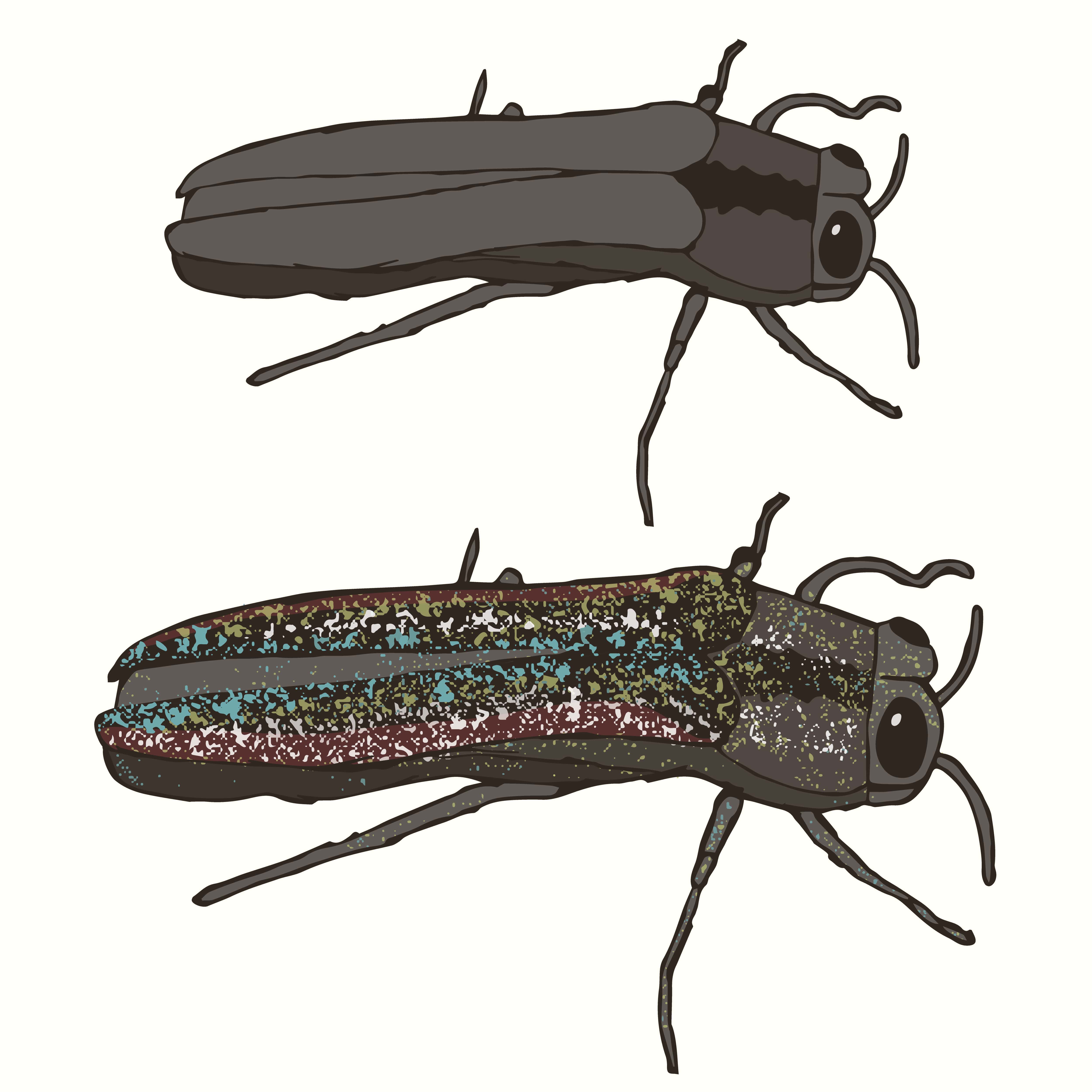Week will take place from May 17 – 23, 2015
By Diego Flammini, Farms.com
In an effort to inform the public about the impacts that emerald ash borer can have on trees and agriculture in North Dakota, Governor Jack Dalrymple declared that Sunday, May 17 – Saturday May 23 is Emerald Ash Borer (EAB) Awareness Week.
“EAB is now found in 25 states, including our neighbor, Minnesota,” said Agriculture Commissioner Doug Goehring. “Given the traffic between our two states, it is more important than ever for North Dakotans to take action to prevent it from coming here.”

North Dakota currently has around 78 million ash trees and ash is one of the more commonly found trees in many communities and forest areas in the state.
“EAB spreads slowly on its own, but it can be moved long distances in firewood and ash nursery stock,” State Forester Larry Kotchman said. “Please buy your firewood from local sources, and if you are coming from out of the state, please don’t bring firewood with you.”
Moving firewood out of the quarantined areas is a federal offense. In Minnesota, currently seven counties find themselves in an EAB quarantine.
State staff will go around putting informational flyers on ash trees in 48 cities around North Dakota. Approximately 180 EAB traps will be placed in different areas around the state to catch the pests.
Some symptoms that a tree will show if infested with EAB are:
- Increased woodpecker activity because they eat the EABs
- Vertical splits in bark
- Dieback of the upper and outer crown
- D-shaped emergence holes
- S-shaped larval galleries
Tell us about any encounters you’ve had with emerald ash borer. What measures did you take to ensure your trees were safe from the pest going forward?